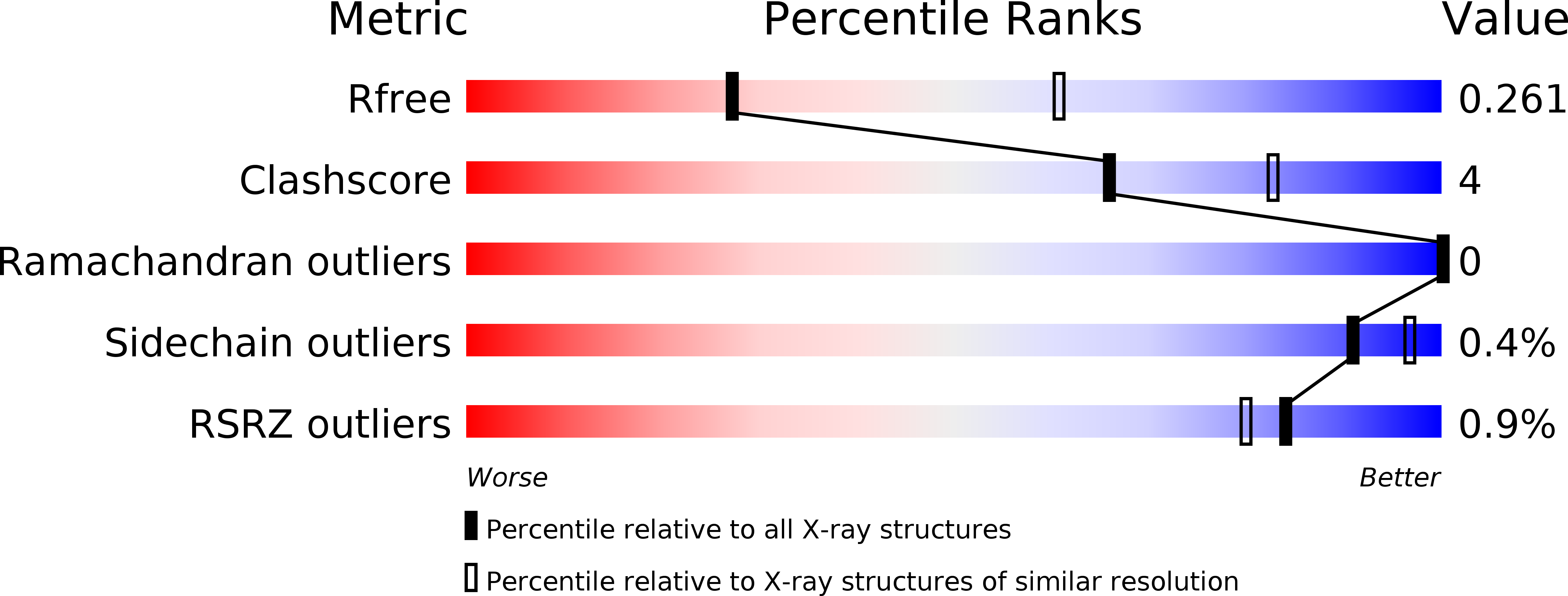
Deposition Date
2018-11-13
Release Date
2019-03-20
Last Version Date
2023-10-11
Entry Detail
PDB ID:
6N2O
Keywords:
Title:
2-oxoglutarate:ferredoxin oxidoreductase from Magnetococcus marinus with 2-oxoglutarate, coenzyme A and succinyl-CoA bound
Biological Source:
Source Organism:
Host Organism:
Method Details:
Experimental Method:
Resolution:
2.82 Å
R-Value Free:
0.26
R-Value Work:
0.21
R-Value Observed:
0.21
Space Group:
P 21 21 21


